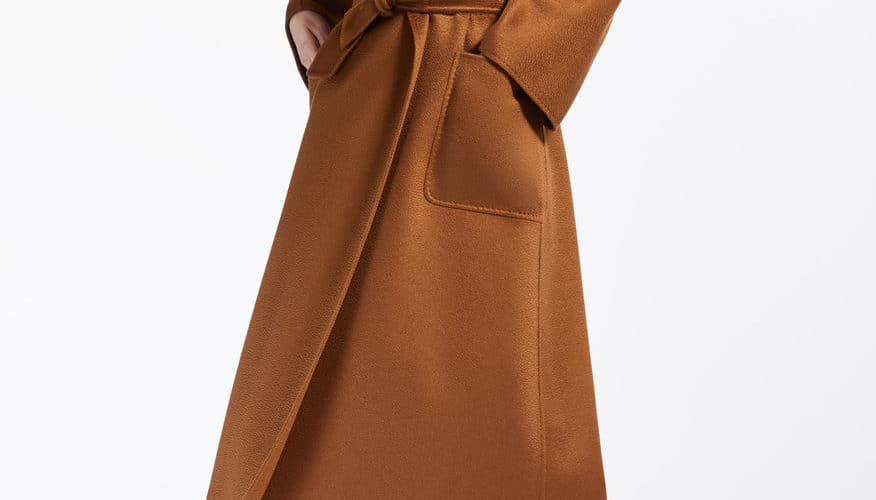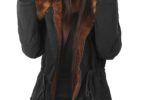Cashmere, which has been around since the 15th century is still a popular fabric and can still be seen on the runways at the hottest fashion shows (http://www.nytimes.com/2010/03/12/fashion/12REVIEW.html) today.
Coats made with cashmere are fine in texture and very warm to wear. These coats are also strong, light, luxurious and soft. Cashmere provides a natural lightweight insulation without bulk.
There are many different types of coats made from cashmere. For women, there are full-length overcoats, knee-length overcoats, waist-length jackets, pea coats, shawls, ponchos and capes. Some of the coats and capes can optionally come with a fur trim. For men, there are full-length overcoats, knee-length overcoats, waist length jackets, pea coats, and double-breasted overcoats. The most common colors for these coats are white, black, tan, and camel. You can either purchase a pure cashmere coat or one blended with lamb’s wool.
Cashmere requires special care. Almost all wool cashmere coats should be dry-cleaned only. To store your coat, wrap it in either tissue paper or a plastic bag and find a place in a closet or attic away from dampness, dust and light. To prevent invisible stains from oxidizing, which would cause the stains to becoming visible while the coat is in storage, make sure you dry-clean the coat before storing it. Mothballs, cedar chips or a cedar closet should be used to prevent moths from destroying your coat by snacking on it.
A cashmere blend coat should also be protected from pilling. Pilling occurs when little fuzzy balls form on the fabric surface. This is caused by loose ends of fibers, or breaks in the fiber being rubbed or chaffed. The first thing you can do to avoid pilling is to avoid rubbing your cashmere against bags, belts, rough clothing or metal accessories.
When pilling occurs, your garment is not ruined! There are depilling combs designed specifically for this purpose available at your local drug store (http://drugstore.com) at a cost of approximately $3 to $5. A depilling comb looks like a regular comb, but it’s much smaller and the teeth are much closer together. To use it, lay your coat on a flat surface. While holding the fabric with one hand, use the comb to gently stroke to remove the fuzz with the other hand. Repeat until the pilling is gone. There are also battery-operated fabric shavers. To use these, you would lay the coat flat, hold with one hand, turn on the fabric shaver and move it across the area with the pilling to remove it. These only cost between $6 and $20.
Cashmere is a material that was originally viewed as being a luxury item for the rich. Today however, cashmere trench coats are available even for people on a budget thanks to the different grades of cashmere available. All grades of cashmere are soft, however, the finer cashmere fabrics feel much softer than the thicker cashmere fabrics do. The finer the cashmere is, the more expensive it is. Cashmere quality is determined using a grading system. It comes in Grade A, Grade B, Grade C, etc. Grade A cashmere, which is the finest cashmere is approximately 15 microns in diameter.
Cashmere is the down of the Capra Hircus goat, which is found in the high plateau regions of Kashmir, Nepal and the central plains of Mongolia. The down is from the underbelly of the goat, underneath its course outer hairs. On average, a goat only produces about 3 ounces of cashmere a year.
Cashmere material is made of yarn with different amounts of plies (strands of yarn). The thickness of a garment is determined by how many plies are twisted together to make larger strands of yarn which is what the material is composed of. For example, sweaters are generally made from 2 to 4 ply cashmere yarn, Hats and Gloves are generally made from 2-ply yarn and Coats and Blankets are made almost exclusively from 4-ply yarn.
A women’s cashmere coat is a must have for winter because it is warm, lightweight, and stylish.
<>






